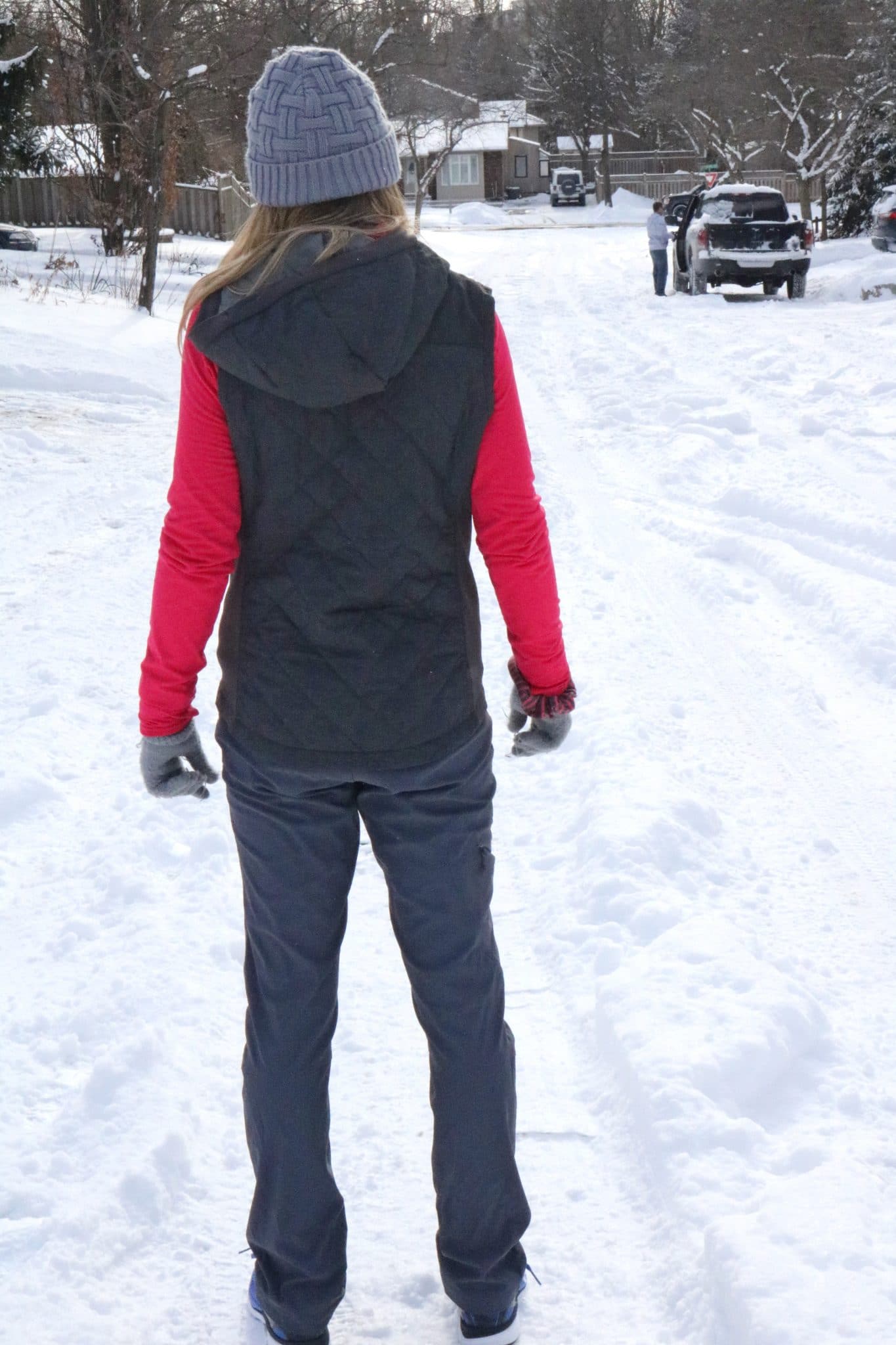If you’re starting out on your running journey, don’t overlook these crucial running tips! These tweaks help you run faster, more efficiently and most importantly; lower your chances of niggling injuries too.

Though most people assume that running is a natural movement, as a Certified Strength Coach, I can tell you that it doesn’t always come easily to everyone. Make sure you rock these beginner running hacks before getting started and save yourself the headache.
Ready to get started? Below are 10 running tips you’ll want to implement immediately to make you a better runner.
1. Perform calf raises and tibialis exercises
Your ankles take a beating when you run, as it’s such a repetitive impact sport. Take the time to strengthen your calves with exercises like calf raises in a straight leg and bent knee position, as well as perform tibialis raises to help give your ankle some stability and strength around it.
2. Invest in shoes
Your running shoes can make or break your runs, especially if you’re running for distance or time. The way you land, the support, the impact all of that can be supported by wearing the proper shoes and will help prevent a lot of headaches (and pain) outside of your run.

3. Warm Up
Do not consider the first kilometer your warmup. Make use of dynamic mobility drills or a proper running warm up specifically for the lower body to prime yourself to run. Here's exactly how to warm up before running 5kms.
4. Check out your form
Film yourself from the side at the very least. You want to make sure you’re landing mid-foot in your stride, that your torso is over your feet, and you’re not heel striking. Improper running form can lead to preventable injuries.
5. Take rest days
No matter how much you now love running, rest days are when you make strength gains. Let your body recover properly so that it can do its job when it’s working.
6. Strength train
Place extra emphasis on the glutes, adductors, hamstrings, and hip flexors. The stronger your legs get (in the right way), the easier your runs will be (the faster they’ll be too!). Gluteus minimus exercises really help here to start with that. These hamstring exercises for runners are crucial too.
7. Vary your runs
Not every run needs to be a balls-to-the-wall run. Just as not ever run should set a distance PR. You want a good variety of distance, speed, and pace work if you’re going to be serious about running.
8. Run walk to learn
If you’re just starting out on your running journey, don’t think that you need to just “start running”. The best way to learn to run is by performing “run: walk” workouts and slowly scaling up the interval for running and scaling down the walking interval.
9. Hydrate
Even if you’re not running in a warm climate. Take care to make sure that you’re staying hydrated before, during, and after your runs. Learn how to fuel your runs in general. If you are running in warm climates, use an electrolyte mix or coconut water to help.
10. Dress in layers
It sounds simple, but getting too hot or cold on a run can be a horrible experience. Dress in layers so that you can adapt to the temperature quickly as you warm up.

11. Scale your runs
If you’re a brand-new runner, don’t just head out for a 5km run. Likewise, if you typically run 5kms on the weekend, don’t all of a sudden run 10. This is an easy way to get yourself shin splint,s which are crazy painful. Instead, scale up gradually.
Wrap up
There’s a lot that goes into running to make it a smooth experience. The biggest thing is to make sure that you’re STRONG enough to run without causing massive shin splints and injury. Using the workouts in my Kickstart Guide is a great way to get started with building up your leg strength. From there, add in running specific exercises for your calves and ankles.
Ditch the All-or-Nothing Trap
The Kickstart & Thrive Bundle is where busy moms keep things simple with quick, strength-building workouts you can actually fit into your day, plus protein-packed snacks that give you energy and taste like dessert but don't add extra time in the kitchen.







Leave a Reply